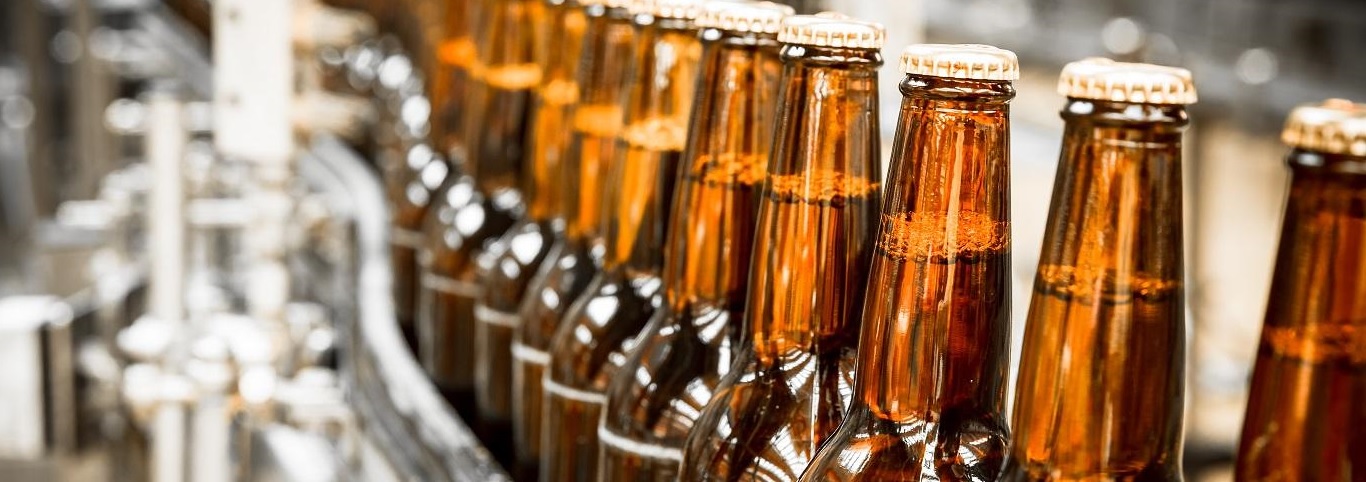Taking the measure of (craft) beers
Case study
The Measurement Standards Laboratory have worked with Trading Standards to develop a new, low-cost technique for measuring the volume of beer products.

Even with today’s changing tastes, beer remains the most popular alcoholic drink in New Zealand, and thanks to the growth of craft brewing, the country is quickly establishing an international reputation for its brews. With Wellington regularly named as an unmissable destination for beer enthusiasts, it’s not surprising that the city’s Measurement Standards Laboratory (MSL) is at the forefront of efforts to make sure drinkers get exactly what it says on the bottle.
As evidenced by the bubbles that rise through it, most beer contains carbon dioxide (CO2), which gets into the beer in one of two ways:
-
Natural carbonation occurs during fermentation. When grains are mashed and added to hot water, the starches they contain turn into sugar. This is the perfect food source for yeast, which produces alcohol and CO2 as it digests it. Most of this CO2 is removed by the brewer, but towards the end of fermentation process, some of it is sealed into the tank, and therefore, into the beer. Other brewers wait to add sugar at the bottling stage – in this case, CO2 is released into the liquid only after the bottle has been sealed.
-
Forced carbonation occurs if the beer is allowed to fully ferment within a sealed container. In this case, the CO2 is pumped into the tank after fermentation, and is absorbed into the liquid.
Different styles of beer contain varying amount of CO2, but one thing they all have in common is that they’re sold by volume, and this is where MSL’s scientists come in.
There are a number of established techniques to quickly and accurately measure the volume of a non-carbonated liquid, but the bubbles in soft drinks and beers make things much trickier. For beers, Trading Standards had relied on destructive testing to the determine the average volume of a batch, where random samples were removed from the production line and opened, with the product degassed and then poured into graduated cylinders; meaning that all of the samples tested were destroyed/disposed of. It might sound like a small price to pay to ensure compliance, but for microbreweries and other small-scale producers, it can damage profit margins. And for the regulators, it can be incredibly time-consuming process.
As MSL research scientist Yin Hsien Fung explains, “Big breweries can usually afford sophisticated equipment to measure and control their bottled beer volumes. That’s hardly an option for microbreweries, and this leads to a two-tier situation. So, we’ve been exploring alternative ways to measure the volume of NZ beers.”
Working with Trading Standards, MSL have developed a reliable, low-cost way to determine the volume of packaged beer products, via measurements of mass and density. The benefit of taking this approach is that it links back to the world’s standardised measurement system, the SI. The kilogram is one of seven base units that provide the foundation for countless other measurements. As the home of New Zealand’s standard kilogram, MSL scientists are experts in accurately measuring mass, as well as quantities related to it, such as density, volume, flow, force, torque and pressure.
Kevin Gudmundsson, Manager of Length and Mass Quantities at MSL says “The measurement method that we’ve developed for craft beers will help move away from volumetric checks that tend to be destructive, and towards gravimetric tests that are traceable to national standards.”
Davis White, Legal Metrology Advisor & Senior Officer at Trading Standards says, “Our goal is to protect the consumer, while also providing industry with the tools it needs to thrive. We are experts in legal metrology, but beer is a particularly complex product to measure. So, we turned to the scientists at MSL. Their expertise has helped us to develop a new guidance document for NZ that will support anyone involved in the beer industry. The experience of working with them has been incredibly positive.”
The new Trading Standards guidance document for beer products was released in April 2019. So the next time you buy a bottle/can of beer, you can happily sip on your brew, safe in the knowledge that measurement scientists have helped to ensure you are getting what you pay for.
Can we help you?
The Measurement Standards Laboratory (MSL) is New Zealand's national metrology institute. Our highly skilled scientists can work with you to solve your measurement problem and improve your products and processes. We’ve helped clients in the food and beverage, consumer goods, energy, medicine, agriculture and aviation industries, supporting New Zealand’s ongoing international trade.
We understand that every R&D problem is unique, so why not contact us to discuss your specific needs? The first hour of advice is free.
For more information, visit https://www.measurement.govt.nz or contact us on info@measurement.govt.nz
